So, you've heard about predicting price reversals using the Stochastic Oscillator, and you might be wondering if it's just another trading fad or a truly valuable tool.
Well, let's break it down for you in a no-nonsense, practical approach. Understanding the intricacies of this indicator and mastering the 10 essential steps can potentially enhance your trading decisions and outcomes.
Stay tuned to unravel the secrets behind effectively utilizing the Stochastic Oscillator to navigate the complexities of the market and anticipate price movements with greater precision.
Understanding Stochastic Oscillator Basics
George C. Lane's development of the stochastic oscillator in the 1950s revolutionized technical analysis in financial markets by comparing the most recent closing price to a specific period's price range.
The stochastic oscillator is a momentum indicator that shows the location of the current closing price relative to the high-low range over a set number of periods. This oscillator moves between 0 and 100, with readings above 80 considered overbought and below 20 as oversold.
Traders often use the stochastic oscillator to generate buy and sell signals based on crossovers, divergence, and overbought/oversold conditions. It helps in identifying potential trend reversals and confirming the strength of a current trend.
Interpreting Stochastic Oscillator Readings
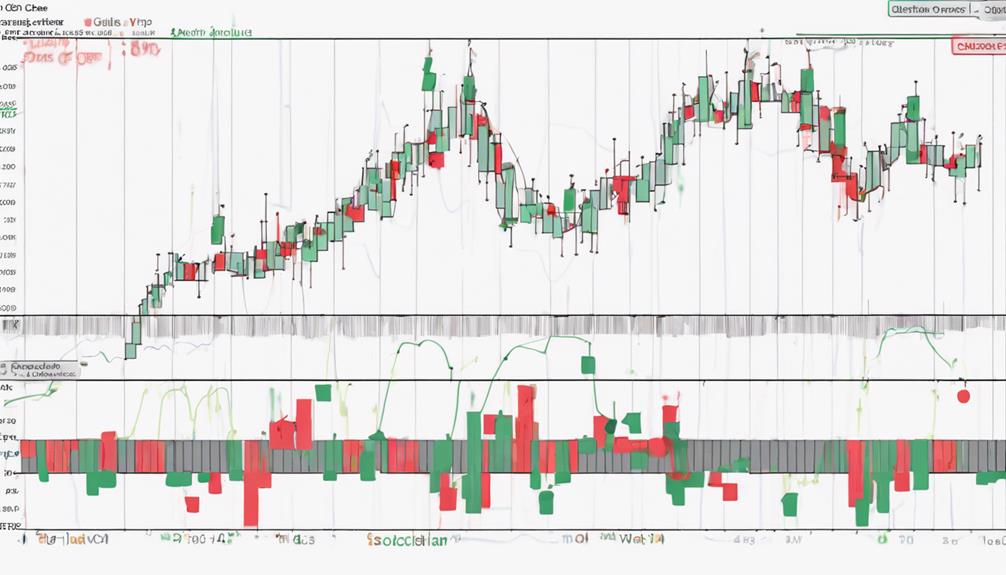
When interpreting stochastic oscillator readings, focus on identifying overbought and oversold conditions to anticipate potential price reversals in the market.
Stochastic oscillator readings above 80 indicate overbought conditions, suggesting a possible price reversal. Conversely, readings below 20 signal oversold conditions, hinting at another potential price reversal.
Line crosses above the 80 mark in the stochastic oscillator can point to overbought levels, presenting potential selling opportunities. On the other hand, crosses below the 20 line may indicate oversold conditions, offering potential buying opportunities.
Identifying Overbought and Oversold Conditions
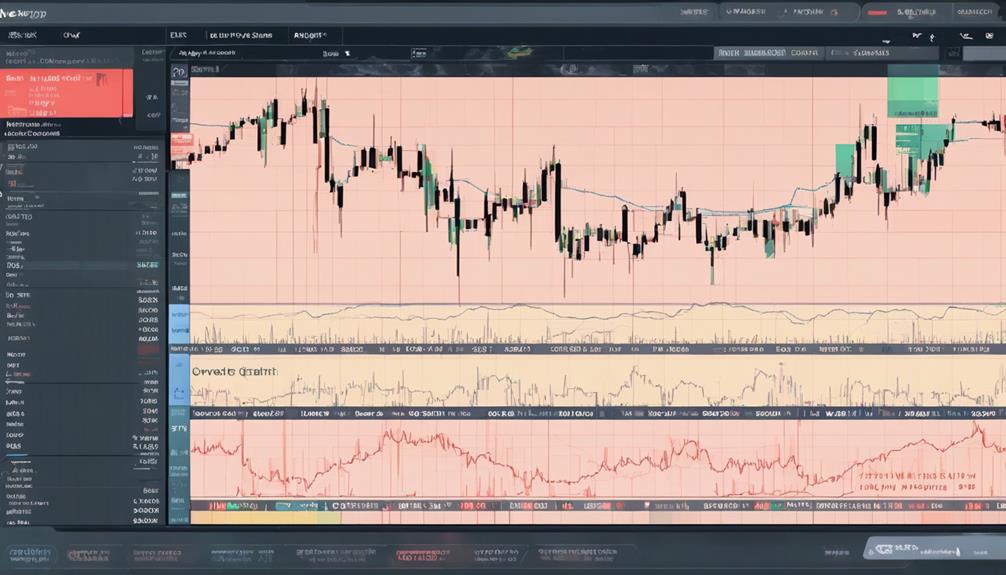
When the %K line of the stochastic oscillator crosses above 80, it indicates an overbought condition in the market.
Conversely, when the %K line falls below 20, it signifies an oversold condition.
Traders often look for these extreme levels as potential signals for price reversals in the market.
Key Indicators for Overbought
To identify overbought conditions effectively in the market, traders rely on the Stochastic oscillator's %K line crossing above 80 as a key indicator for potential price reversals. When the %K line surpasses 80, it signals that the asset might be overvalued, potentially indicating a forthcoming pullback.
This occurrence not only provides insights into asset strength but also warns traders of selling opportunities and the need for caution. By monitoring movements where the %K line remains above 80, traders can better assess the likelihood of a price reversal.
Understanding these key indicators for overbought conditions is crucial for making informed decisions in trading and seizing potential profit-taking opportunities.
Recognizing Oversold Market
Identifying oversold and overbought conditions in the market is crucial for making well-timed trading decisions based on the Stochastic oscillator's %K line movements. When the %K line falls below 20, it indicates the market is oversold, presenting potential buying opportunities for traders anticipating a price reversal.
Traders often wait for the %K line to cross back above 20 as a signal of the market bouncing back from oversold levels. To ensure accuracy, confirming oversold conditions with other indicators or analyzing price action can validate trading decisions. Recognizing oversold markets using the stochastic oscillator enables traders to time their entry points effectively, leading to more profitable trades.
Recognizing Divergence Signals
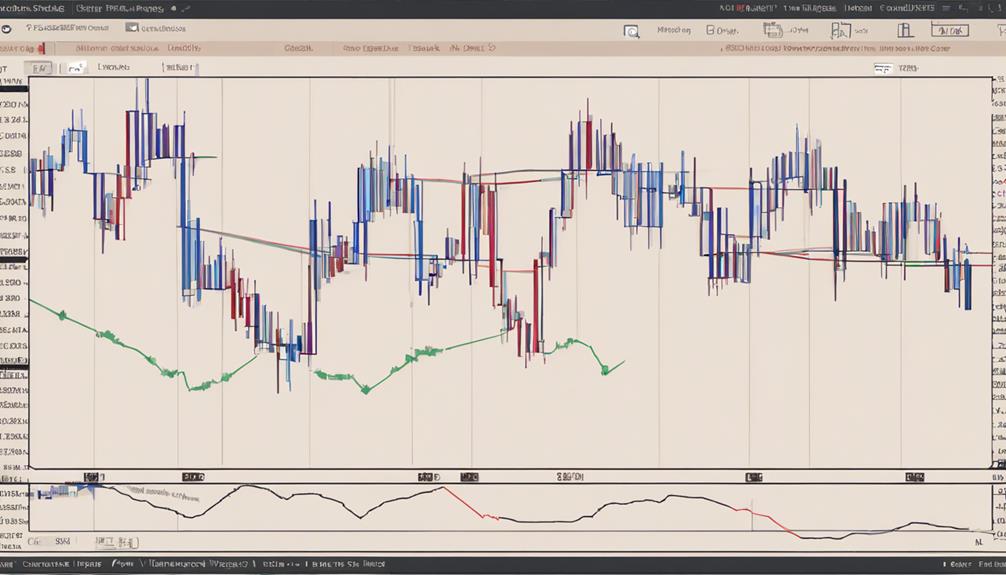
When observing divergence signals in the Stochastic Oscillator, it's crucial to understand the different types that indicate potential trend reversals.
By recognizing bullish signals, where price forms lower lows while the oscillator makes higher lows, traders can anticipate upward price movements.
This analytical approach to identifying divergence can provide valuable insights for making informed trading decisions based on market shifts and price oscillator dynamics.
Divergence Types Explained
Bullish and bearish divergence in the Stochastic Oscillator signal potential trend reversals based on discrepancies in price action and oscillator readings. Understanding these divergence types can significantly impact your trading decisions and strategies.
Here are five key points to consider:
- Bullish divergence occurs when price hits a new low while the Stochastic Oscillator forms a higher low, suggesting a potential bullish reversal.
- Bearish divergence is spotted when price achieves a new high while the Stochastic Oscillator shows a lower high, indicating a possible bearish reversal.
- Divergence signals act as early warnings for potential trend reversals in the market by highlighting disparities between price movements and the Stochastic Oscillator.
- Recognizing divergence types helps traders anticipate shifts in market momentum.
- Utilizing divergence signals can enhance the effectiveness of trading strategies involving the Stochastic Oscillator for predicting price reversals.
Identifying Bullish Signals
Drawing insights from price action and Stochastic Oscillator readings, the divergence types explained in the previous subtopic serve as crucial indicators for anticipating potential trend reversals in the market.
Bullish divergence occurs when price forms a lower low while the Stochastic oscillator creates a higher low, signaling a potential bullish reversal as selling momentum weakens. Recognizing these divergence signals can present buying opportunities as prices are expected to reverse to the upside.
Using Crossover Signals Effectively
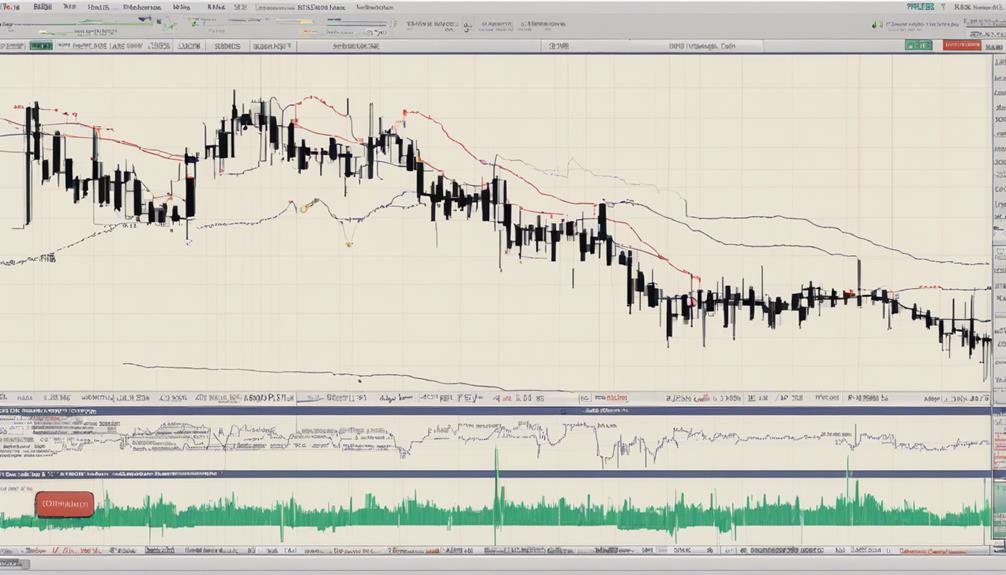
To effectively utilize crossover signals in your trading strategy, consider combining them with other technical indicators for enhanced confirmation of potential price reversals. When incorporating crossover signals, keep in mind the following:
- Crossover signals: Key indicators for potential price reversals.
- Bullish crossover: Indicates a buying opportunity.
- Bearish crossover: Suggests a selling opportunity.
- Overbought or oversold conditions: Enhance the reliability of crossover signals.
- Confirmation indicators: Use in conjunction with crossovers for more robust trading decisions.
Implementing Bullish Reversal Strategies
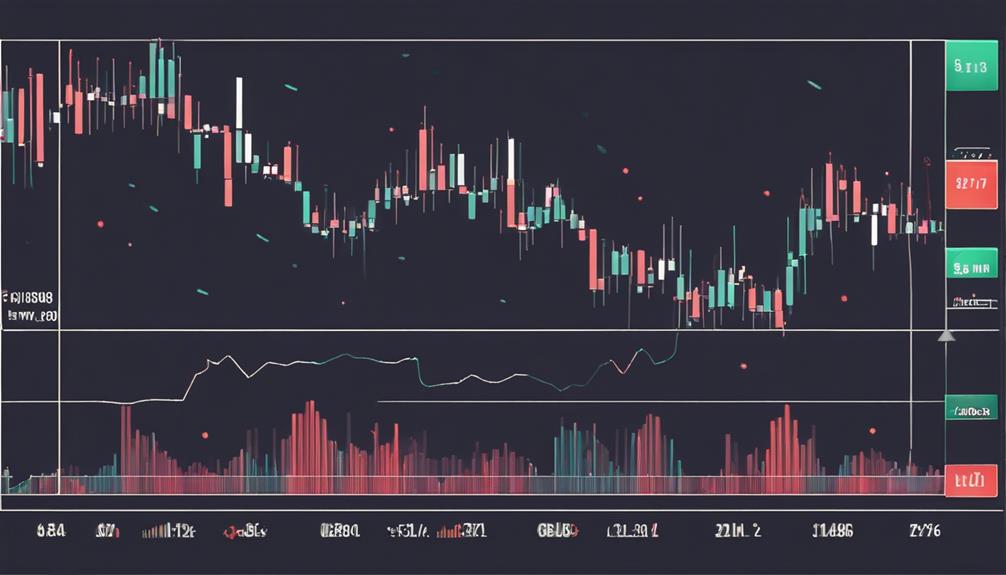
When implementing bullish reversal strategies, it's crucial to analyze Stochastic indicators for optimal entry points. Look for bullish divergence, where price makes lower lows while Stochastic shows higher lows, indicating a potential reversal.
Monitor Stochastic crossing above the oversold level, typically at 20, as a signal for a bullish reversal. Identify opportunities for bullish reversals when the Stochastic %K line crosses above its %D line.
Consider entering a trade when the Stochastic %K line exits the oversold zone and begins an upward movement. Combine Stochastic bullish signals with other technical indicators for confirmation before executing trades.
These strategies form a solid foundation for successful trading approaches based on Stochastic oscillator analysis.
Applying Bearish Reversal Strategies
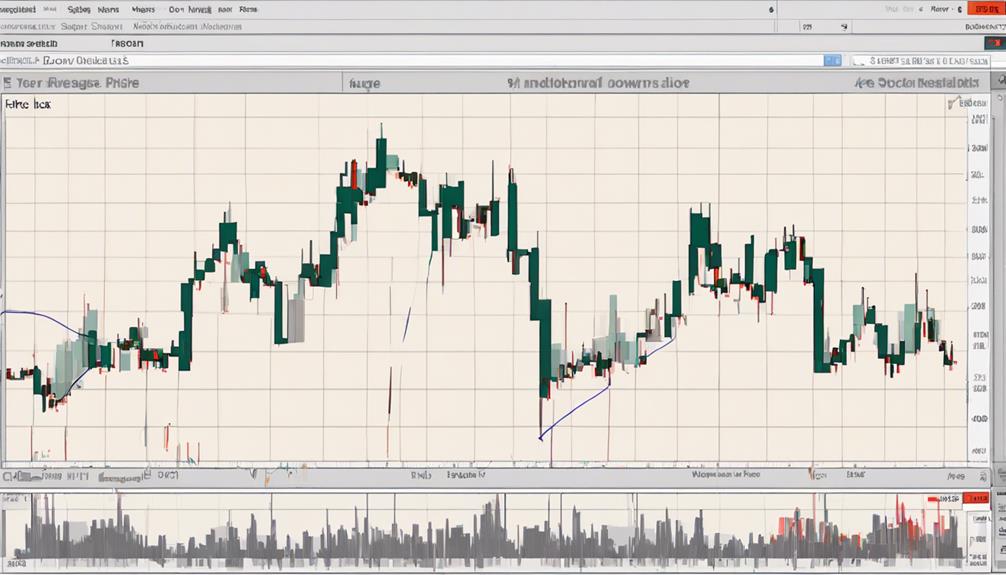
When looking to apply bearish reversal strategies using the Stochastic Oscillator, focus on sell signals triggered by %K crossing below %D in overbought conditions above 80.
Bearish divergence, indicated by price forming higher highs while Stochastic shows lower highs, can serve as a key entry point for short positions.
Additionally, consider using moving average crossovers to confirm bearish signals and monitor the Stochastic oscillator in downtrends for optimal selling opportunities.
Bearish Reversal Indicators
Bearish reversal indicators on the Stochastic Oscillator, such as bearish divergence and overbought zone crossovers, provide crucial signals for anticipating potential downward price movements.
To enhance your understanding, consider the following key points:
- Bearish divergence occurs when prices form higher highs while Stochastic forms lower highs.
- Overbought zone crossovers happen when Stochastic moves above 80 and then drops back below it.
- Bearish crossovers involve the %K line crossing below the %D line, suggesting a possible downward price movement.
- Confirmation of a bearish reversal is often indicated when Stochastic transitions from overbought to oversold levels.
- Observing price action that aligns with Stochastic signals can offer more reliable insights into potential bearish reversals.
Entry and Exit Strategies
Utilizing the Stochastic Oscillator for bearish reversal strategies involves identifying overbought conditions above 80 and strategically executing trades based on key crossover signals. Traders can anticipate price reversals by selling when the %K line crosses below the %D line, indicating a bearish momentum.
A bearish crossover, where %K moves below %D from overbought territory, signals a potential reversal in price direction. Exiting long positions and entering short positions are common strategies used in response to the Stochastic Oscillator's bearish indications.
Utilizing Multiple Timeframes for Confirmation
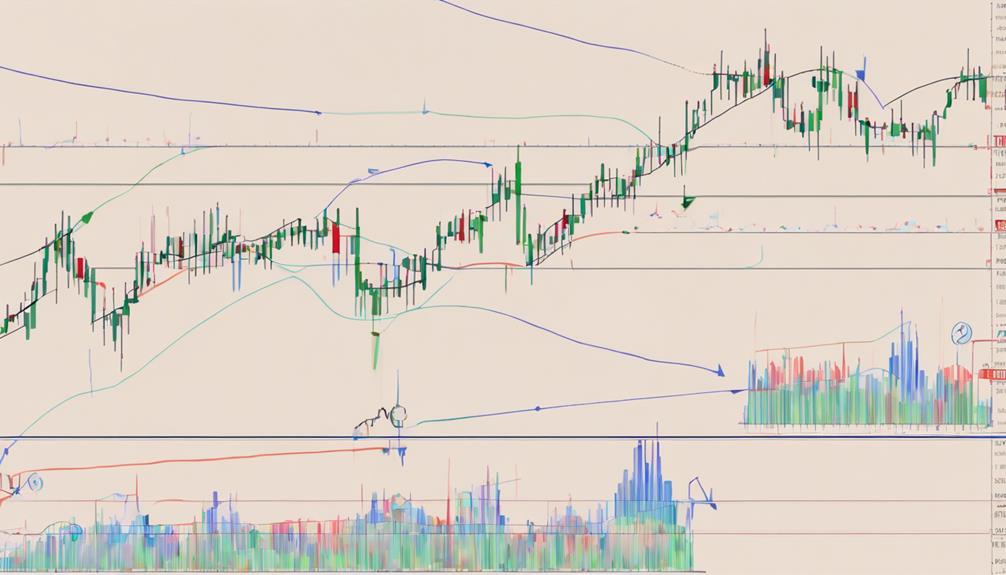
By incorporating multiple timeframes in your analysis, you can enhance the reliability of price reversal signals generated by the Stochastic Oscillator. When utilizing multiple timeframes for confirmation, consider the following:
- Analyzing different timeframes provides a comprehensive view of the market's momentum and potential trend shifts.
- Confirmation through multiple timeframes reduces the risk of false signals and enhances the accuracy of predicting price reversals.
- Aligning signals across various timeframes increases the reliability of Stochastic Oscillator-based trading decisions.
- Cross-referencing signals from different timeframes can validate the strength of a potential price reversal indicated by the Stochastic Oscillator.
Setting Stop Loss and Take Profit Levels
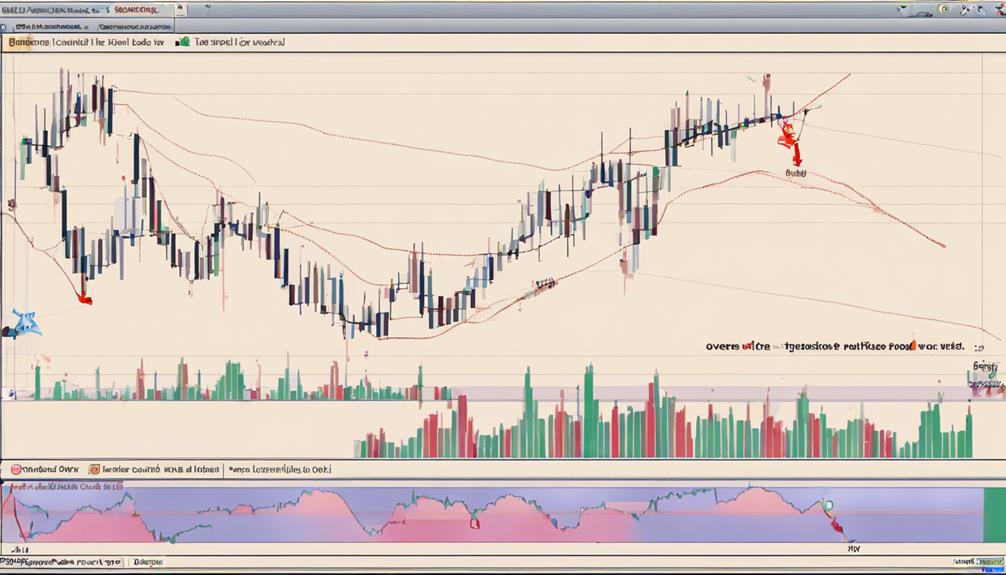
When determining stop loss and take profit levels, it's crucial to set parameters based on recent price action and market volatility. Set stop loss levels below recent swing lows to protect against potential losses.
Determine take profit levels based on previous price support or resistance levels. Adjust these levels according to market volatility and your risk tolerance.
Use the stochastic oscillator to confirm potential price reversals before finalizing stop loss and take profit levels. It's advisable to consider additional technical indicators or conduct price action analysis to validate your decisions.
Real-Time Practice and Review
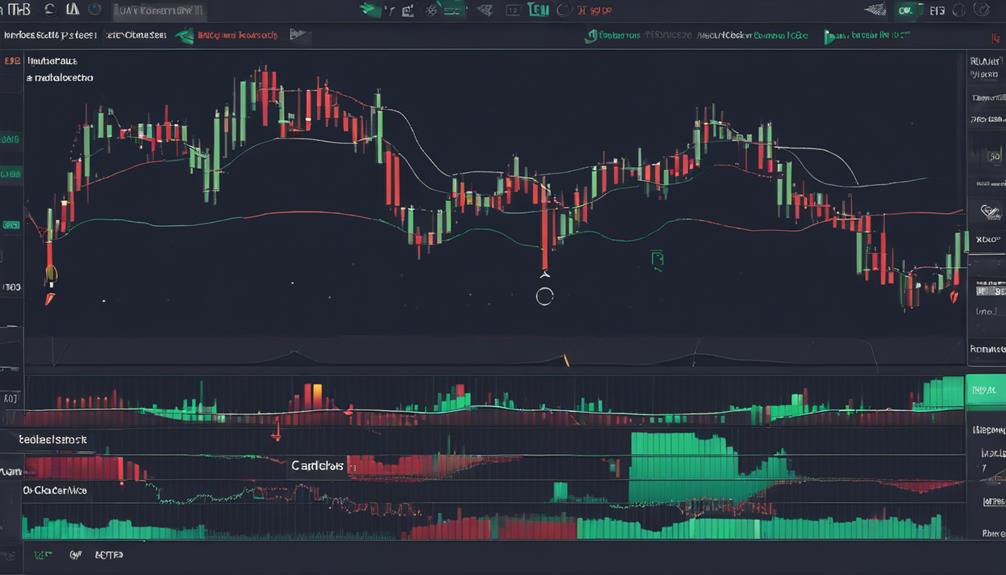
Incorporate real-time analysis of the stochastic oscillator's %K and %D lines crossover to effectively evaluate buy or sell signals.
- Watch for the stochastic oscillator moving above 80 for overbought conditions.
- Identify oversold market conditions when the oscillator's readings drop below 20.
Pay attention to any divergence between price action and the stochastic indicator for potential trend reversals.
Set up stop-loss and take-profit levels based on stochastic oscillator signals to manage risk efficiently.
Act promptly upon the stochastic oscillator's indications to capitalize on buy or sell opportunities in the market.
Can the Stochastic Oscillator Really Help Predict Price Reversals?
The Stochastic Oscillator is a popular tool for technical analysis in stock trading. One of the ways to utilize stochastic oscillator is to identify potential price reversals. By examining overbought and oversold conditions, traders can anticipate when a trend may be losing momentum, providing insights for potential reversal points.
Frequently Asked Questions
What Is Stochastic 14 3 3?
Stochastic 14 3 3 in the context of trading refers to a specific setting for the Stochastic Oscillator, with parameters set at 14 for %K, 3 for %D, and 3 for smoothing. It offers quick insights into short-term price movements.
What Are the Stochastic Settings of 5 3 3?
In stochastic settings of 5 3 3, the numbers represent period lengths for %K and %D lines. This configuration is popular for generating trading signals. Utilize these parameters efficiently to analyze price movements and potential reversals.
What Is the Best Way to Use a Stochastic Oscillator?
To use the Stochastic Oscillator effectively, analyze overbought and oversold levels by observing %K and %D lines. Confirm potential reversals by comparing indicator movements with price action. Combine with other tools for heightened accuracy in forecasting price shifts.
What Is the Stochastic With Price Action?
The stochastic oscillator with price action compares recent closing prices to high-low ranges to predict trends. It assists in identifying overbought or oversold conditions based on price action, aiding in anticipating asset direction changes.
Conclusion
You've mastered the 10 steps to predicting price reversals using the Stochastic Oscillator. Congratulations, you're now a market wizard!
With your newfound expertise, you can outsmart the trends and make profitable trades like never before. Keep analyzing, keep strategizing, and watch those profits roll in.
Remember, the market may be unpredictable, but with the Stochastic Oscillator by your side, you're one step ahead of the game.
Happy trading!
